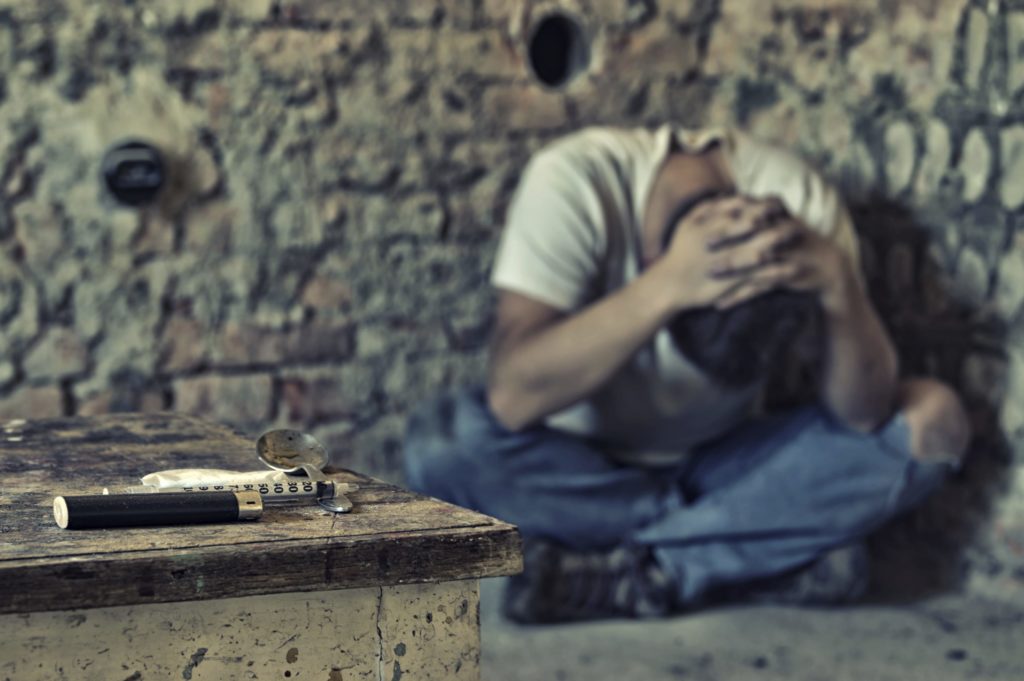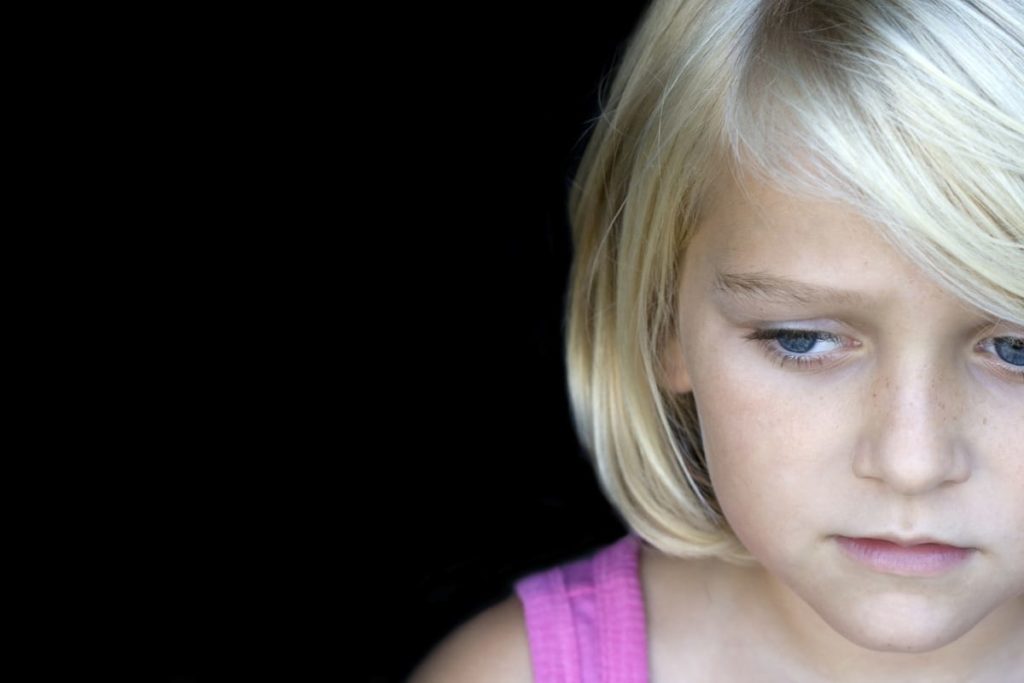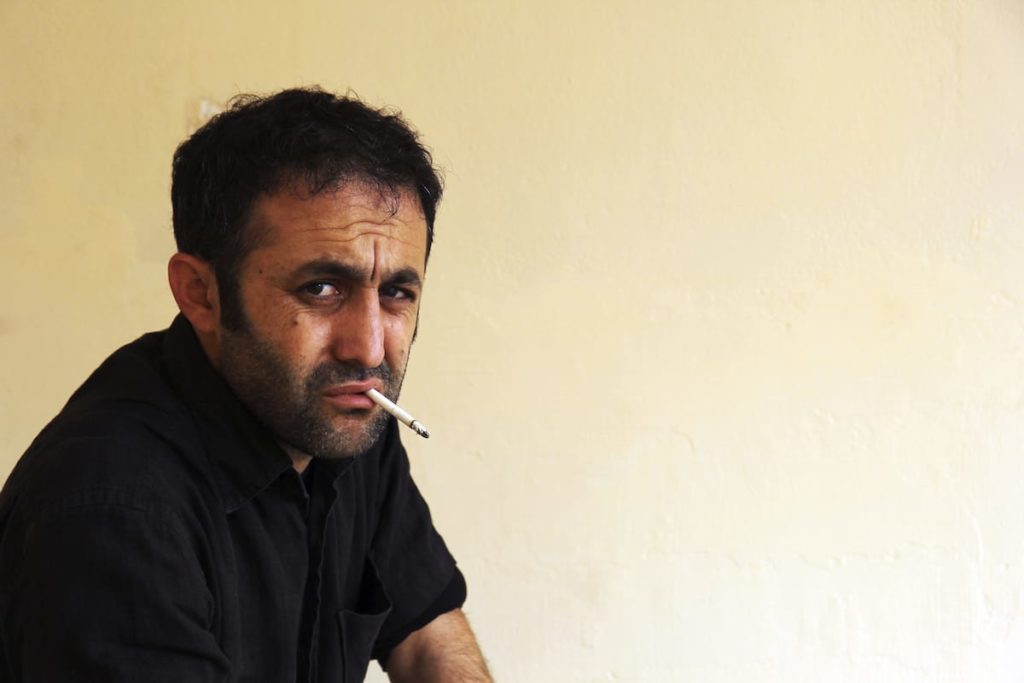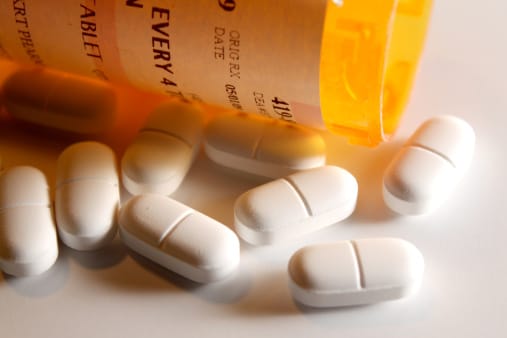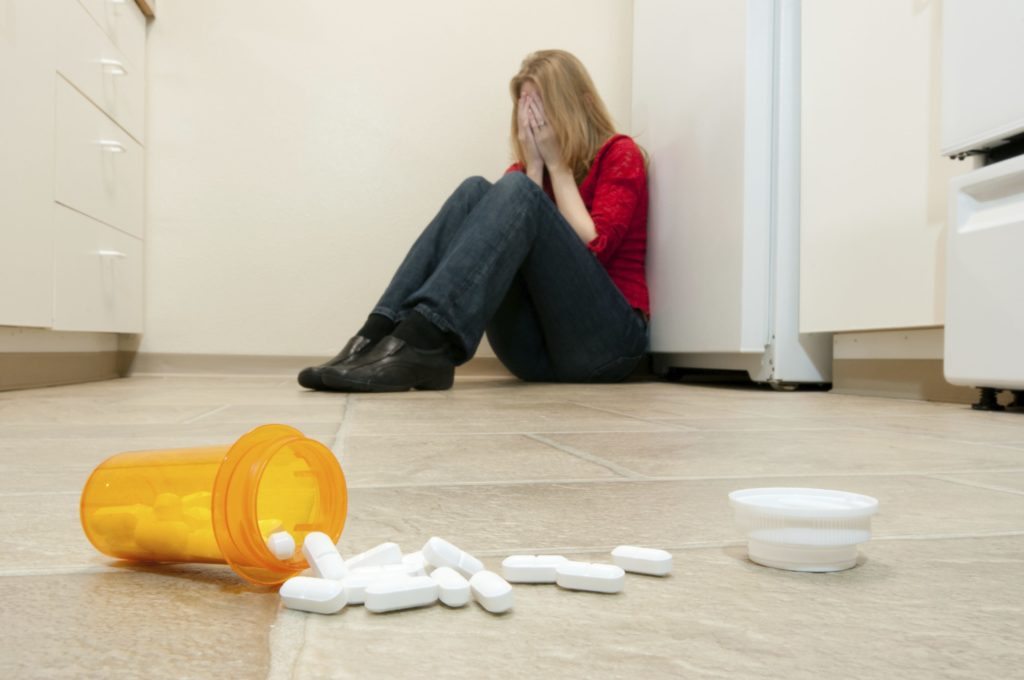While some women may be incarcerated for being married or associated with male partners who deal drugs, some women do so themselves to escape poverty and support their families. In Latin America and Asia, being on the bottom of the trafficking chain makes women vulnerable to violence and abuse from traffickers and the criminal justice system. In Afghanistan, only 4% of female drugs users have access to treatment facilities, despite their high rates of opium and heroin abuse. U.S. studies have shown women drug dealers benefit from gender bias because they fit the stereotypical image of drug dealers far less than men. A 1998 study found women crack dealers engaged in various methods to avoid arrest. These included being less conspicuous in their approach than men, dressing so as to not attract police attention (e.g., wearing elegant or feminine attire) and “staging performances” where the setting allowed for concealment. A 2014 United Nations (UN) women’s policy task force exploring gender drug disparities found women’s participation in the drug trade was on the rise worldwide. This was especially the case among women who lacked education, economic opportunity or those who were victims of abuse. These women were often forced into acting as drug mules, subjected to sexual assault by male members of the drug ring/gang and punished more brutally than men for similar or lesser drug crimes. Female drug sellers who experienced encounters with police in the U.S. also said they were treated in an especially brutal manner compared to males. A 2015 study revealed gender advantages and disadvantages regarding American women and drugs. As in the earlier crack study, many women saw their gender as advantageous in the underground drug economy. Most women interviewed stated being female decreased their visibility as drug dealers and was particularly important in reducing vulnerability for police suspicion and arrest. One of the primary disadvantages was a lack of strength and physical prowess compared to their male counterparts. The majority of women felt they could be overpowered by men if a dangerous situation arose, such as a robbery or bad transaction.
Women and Drug Addiction
Studies have shown gender-related sex differences in the brain can influence responses to abused drugs, progressive changes in the brain related to drug exposure, withdrawal symptoms and escalation from abuse to addiction. Women experience more significant unpleasant symptoms when attempting to quit drugs than men, as well as greater effects on mood, anxiety and stress response. Women’s bodies have less water and more fatty tissue than men, which leads to higher maintained concentrations of alcohol in the blood, quicker intoxication and worse hangovers, even when drinking the same amount as men. Males experience worse alcohol withdrawal symptoms than females. Biological processes in drug misuse and addiction are further modified by individual experience, sociocultural and genetic factors. In general, women with addiction encounter more barriers to treatment and engagement, although most studies indicate similar rehab outcomes in men and women. Relapse in women seems to occur more frequently without apparent trigger or intent. Studies suggest this is related to negative affect, previous physical and sexual abuse, and greater negative withdrawal symptoms for some drugs. Moreover, the effects of drugs of abuse can vary over the menstrual cycle. Drug abuse is strongly correlated with unwanted pregnancies, poor birth outcomes and child abuse or neglect. Pregnant women who abuse drugs often don’t seek help because they are afraid of losing custody of their children or lack access to treatment.
Making Progress on the Gender Front
The Trump era marks the first time in history the prominent Drug Policy Alliance (DPA) and Harm Reduction Coalition (HRC) are both headed by women. Monique Tula became executive director at HRC in late 2016, while Maria McFarland Sánchez-Moreno took the same position at DPA in late 2017. “It’s become increasingly clear to us at HRC that what we are fighting for are the conditions of possibility that prevent and heal harm in an environment that’s intended to maximize harm,” Tula said, adding that threats of a crackdown from the Trump administration have “thrown into relief how vulnerable the gains we are making are.” McFarland believes stigmatizing drug use with criminal penalties does nothing to deter it, as history has proven. “The harms are so dramatic and the benefits are zilch. There’s nothing you can possibly say to argue for criminalization of simple drug possession,” McFarland said. The aforementioned UN task force emphasized the need for legal systems to take into account the disparate needs and circumstances of women and men. It also noted that greater representation by women in the frontline of justice, police systems and drug treatment facilities would go a long way towards better protection of women’s rights.


